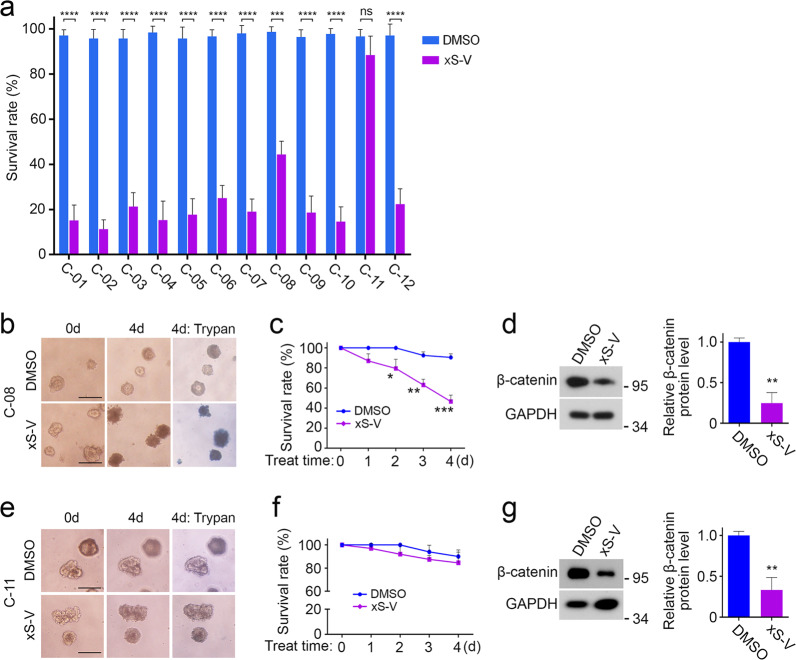Fig. 6. xStAx-VHLL restrains the survival of CRC patient-derived organoids.
a Twelve CRC patient-derived organoids, numbered from C-01 to C-12, were treated with DMSO and 10 μM xStAx-VHLL for 4 days. The organoids survival rate of each group was calculated at day 4. b The C-08 organoids were treated with DMSO and 10 μM xStAx-VHLL for 4 days. The trypan blue staining at day 4 indicated the dead organoids. Scale bar = 100 μm. c The percentage of survived C-08 organoids was calculated each day after xStAx-VHLL treatment. d The C-08 organoids were treated with DMSO or 10 μM xStAx-VHLL for 48 h and then harvested for immunoblotting. Relative β-catenin protein levels were quantified. e The C-08 organoids were treated with DMSO and 10 μM xStAx-VHLL for 4 days. Scale bar = 100 μm. f The percentage of survived organoids in C-11 group was calculated each day after xStAx-VHLL treatment. g The C-11 organoids were treated with DMSO or 10 μM xStAx-VHLL for 48 h and then harvested for immunoblotting. Relative β-catenin protein levels were quantified. The relative band intensity was quantified with ImageJ and normalized to GAPDH levels. Data from three independent experiments are displayed as the mean ± SD by two-way ANOVA (a, c) and one-way ANOVA (d, g). *P < 0.05, **P < 0.01, ***P < 0.001, ****P < 0.0001.

